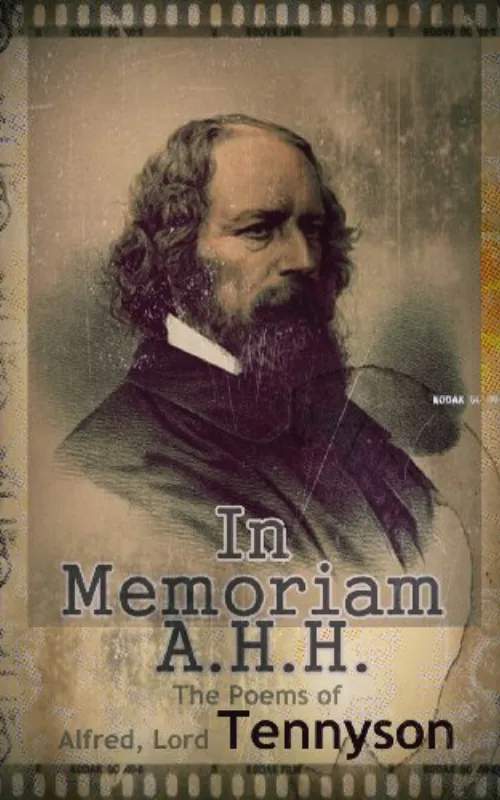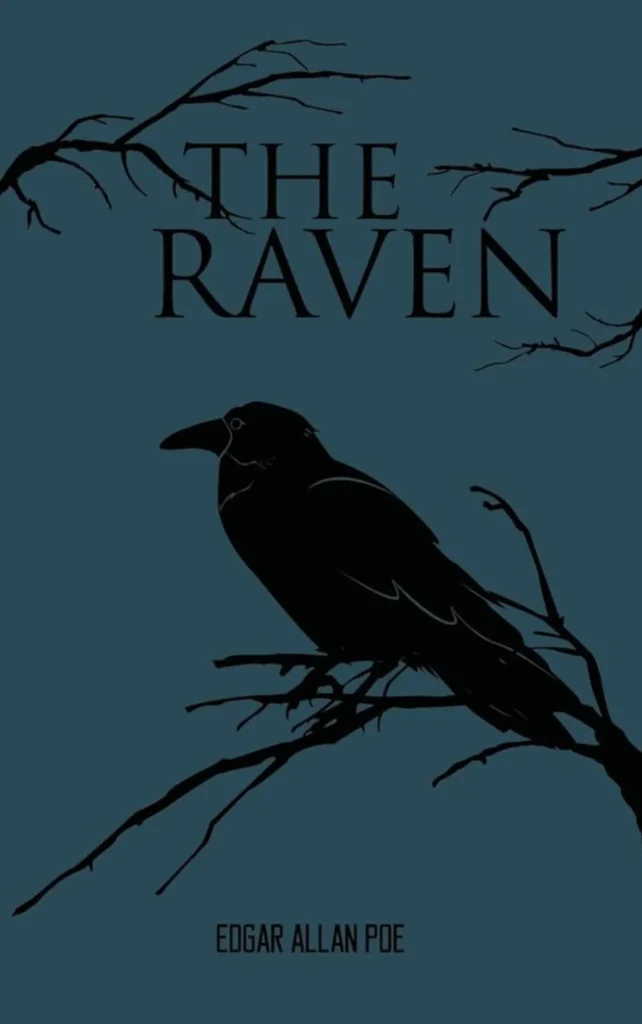About Poem: In Memoriam A.H.H.
| Title | In Memoriam A.H.H. |
| Author | Alfred Tennyson |
| Type of poem | Elegiac poem |
| Date written | Written between 1833 and 1850 |
| Date published | 1850 |
| Genre | Elegy, Lyric Poetry |
| Themes | Grief, Loss, Mourning, Faith, Evolution |
| Literary techniques | Iambic tetrameter, ABBA rhyme scheme, symbolism, imagery, metaphor, simile |
| Structure | 131 sections or cantos |
| Rhyme Scheme | Various, including terza rima and quatrain |
| Language | Highly formal and eloquent, often with rich symbolism and metaphor |
| Structure | 133 cantos, each consisting of four quatrains |
Themes: In Memoriam A.H.H.
The themes of “In Memoriam A.H.H.” by Alfred Tennyson are:
- Grief and Loss ➤ The poem explores the deep sorrow and mourning experienced after the death of a close friend.
- Faith and Doubt ➤ It addresses questions of faith, often in the face of doubt and uncertainty, reflecting the Victorian era’s religious and intellectual debates.
- Evolution and Change ➤ The poem contemplates the changing world and the idea of progress, especially in the context of science and human development.
- Human Resilience ➤ It touches on the resilience of the human spirit in the face of adversity and the ability to find hope and meaning even in times of grief.
- Memory and Remembrance ➤ The poem emphasizes the power of memory and remembrance in keeping a loved one alive in one’s heart.
Literary Devices: In Memoriam A.H.H.
The Literary Devices of “In Memoriam A.H.H.” by Alfred Tennyson are:
- Enjambment: The poem frequently uses enjambment, where lines flow into each other without a pause. This creates a sense of continuity, mirroring the ongoing nature of grief.
- Alliteration: Tennyson employs alliteration, the repetition of consonant sounds, to create a musical and rhythmic quality in the poem. For example, “calm and clear” or “wild March wind.”
- Symbolism: The use of symbols, such as the image of the “waning moon,” conveys deeper meanings and emotions associated with the grieving process.
- Metaphor: Tennyson uses metaphors, like comparing grief to the changing seasons, to express complex emotions and the passage of time.
- Anaphora: The repetition of phrases, like “Be near me,” emphasizes the speaker’s longing for the presence of the departed.
- Personification: The personification of Nature, such as the sea, reflects the speaker’s perception of a divine order and the interconnectedness of life and death.
- Parallelism: The use of parallel structures in phrases and sentences adds symmetry and rhythm, contributing to the poem’s musicality.
- Imagery: Vivid imagery, such as the depiction of the “dying moon,” creates a visual representation of the emotional landscape of the poem.
- Irony: Tennyson employs irony to express the contradictory nature of grief and the complex emotions associated with loss.
- Diction: The poet’s choice of words, often elevated and reflective, contributes to the elegiac tone of the poem, reinforcing the depth of emotion.
Watch Full Poem Summary
In Memoriam A.H.H. Summary & Analysis
In Memoriam A.H.H. is a lengthy and introspective poem by Alfred Lord Tennyson that serves as an elegy for his close friend, Arthur Henry Hallam, who died suddenly at a young age. The poem is divided into 131 sections or cantos, and each stanza contributes to the overarching narrative of Tennyson’s grief, love, and exploration of profound philosophical and spiritual themes.
Cantos 1-6
The poem begins with Tennyson lamenting the death of Hallam and expressing his deep sense of loss. He describes the pain he feels and the emptiness that Hallam’s absence has left in his life. These stanzas establish the theme of mourning and sorrow that runs throughout the poem.
Cantos 7-19
Tennyson reflects on the transient nature of human life, considering the impermanence of existence and the passage of time. He grapples with questions about mortality and immortality and explores his spiritual beliefs.
Cantos 20-38
The poet dwells on the idea of evolution and the progression of life, suggesting that Hallam’s death is part of a larger cosmic order. Tennyson’s thoughts turn to the natural world and its cycles, finding solace in the continuity of life despite personal loss.
Cantos 39-49
Tennyson delves into his doubts and uncertainties about religion, pondering the meaning of faith and its role in coping with grief. He questions the existence of a benevolent God in the face of suffering and tragedy.
Cantos 50-59
The poet addresses his own struggles with faith and the spiritual journey he undertakes to find consolation and understanding. These stanzas demonstrate his deep inner turmoil and search for answers.
Cantos 60-79
Tennyson explores the idea of memory and its power to keep loved ones alive in the hearts and minds of those left behind. He contemplates the idea that Hallam’s memory will endure and influence his thoughts and actions.
Cantos 80-99
The poet reflects on the passage of time and the changing seasons, drawing parallels between nature’s cycles and the stages of grief. He also contemplates the notion of resurrection and rebirth.
Cantos 100-116
Tennyson addresses the idea of love and friendship, celebrating the profound connection he shared with Hallam. He emphasizes the enduring nature of their bond and how it transcends death.
Cantos 117-131
The poem concludes with a sense of acceptance and spiritual resolution. Tennyson finds hope and comfort in the idea of eternal love and unity with Hallam in the afterlife. The final stanzas express a sense of peace and acceptance of life’s mysteries and uncertainties.
FAQs: In Memoriam A.H.H.
What does AHH stand for in In Memoriam?
AHH stands for Arthur Henry Hallam, Tennyson’s close friend who died at a young age.
What kind of poem is in Memorium?
In Memoriam A.H.H. is an elegiac poem, which means it is a poem that mourns the death of a loved one.
What is the famous line from In Memoriam?
The most famous line from In Memoriam A.H.H. is: Tis better to have loved and lost than never to have loved at all.
Who is the speaker of In Memoriam?
The speaker of In Memoriam A.H.H. is the poet himself, Alfred Tennyson.
What is the meaning of Memorium?
In Memoriam is a Latin phrase that means “in memory of.” In the poem In Memoriam A.H.H., Tennyson uses the phrase to commemorate his friend Arthur Henry Hallam.
What is the most likely theme of from In Memoriam?
The most likely theme of In Memoriam is grief and the search for meaning in the face of loss.
What does nature red in Tooth and Claw mean?
“Nature red in tooth and claw” means that nature is cruel and violent, and that all living things compete for survival.
What is death In Memoriam?
Death in In Memoriam is a mystery, a source of grief and doubt, but also a hope for an afterlife.











